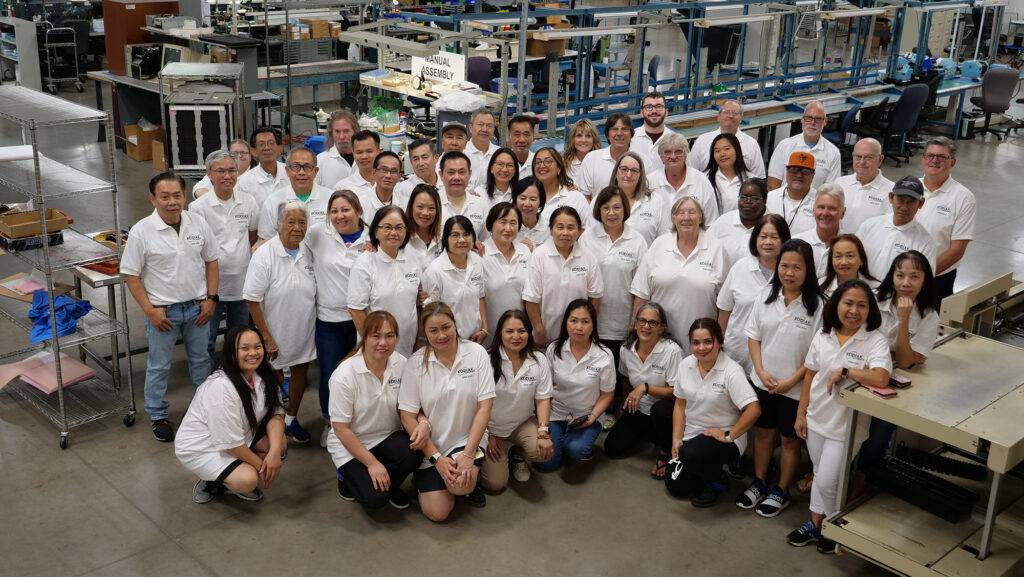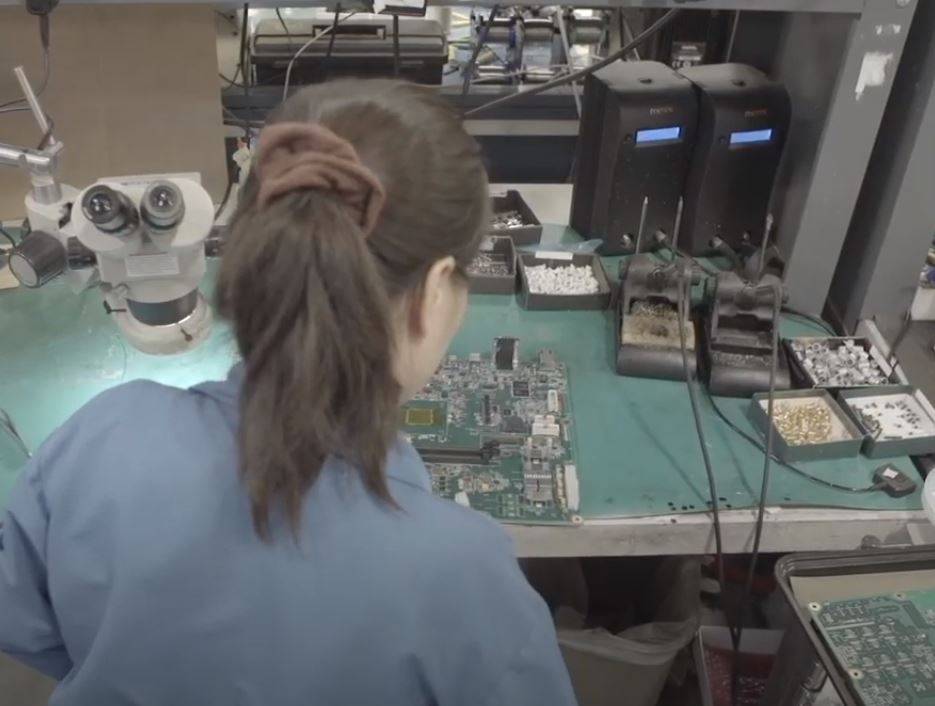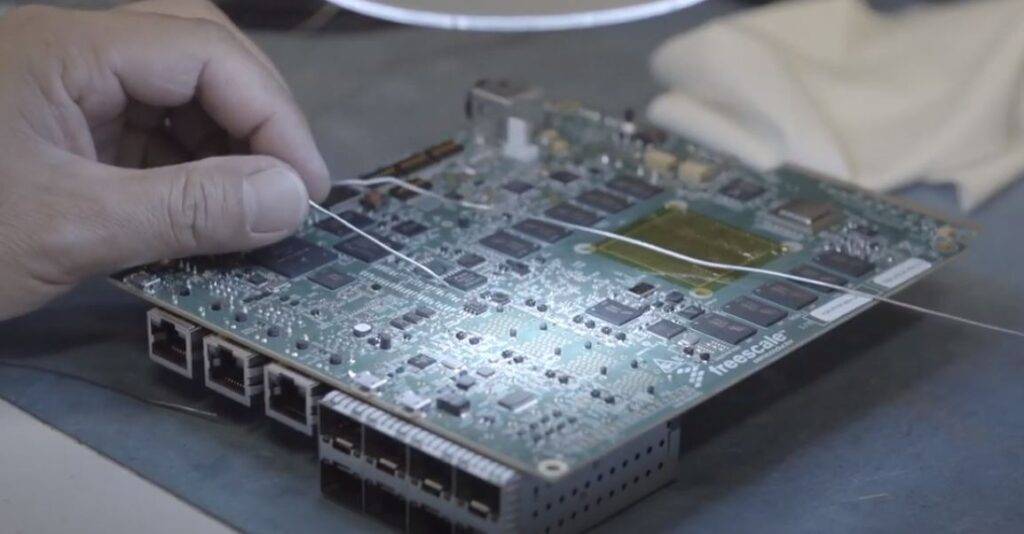How Tariffs Impact Manufacturing and the Component Shortage

For months, the biggest brick wall in the manufacturing industry has been the shortage of electronics components. Now, the major focus has slightly shifted to the tariffs on imported parts and products – and how the tariffs have major effects on the manufacturing industry.
The latest round of U.S. tariffs is a 10 percent levy on $200 billion worth of Chinese goods, set to rise to 25 percent on January 1, 2019 – on top of the $50 billion worth of tariffs on Chinese goods that already went into effect in August. With tariffs now in effect, we’re no longer left wondering what if – but what impact will this have on the manufacturing industry and electronic components.
1. Production could shift to the U.S.
While a large purpose of implementing tariffs on goods from China was to encourage reshoring and to benefit companies with production in the U.S. by making their products and services a more affordable option, compared to foreign counterparts. With the new tariffs in place, companies could act on one of a few options to remain competitive.
The first option that companies have includes shifting production to the U.S. Instead of relying on contract manufacturers overseas, companies should opt to partner with a reliable manufacturing partner closer to home.
2. Tariffs could impact the electronics component shortage
It should come as no surprise that tariffs could alter the ongoing component shortage within the industry since tariffs imposed occur directly on many electronic components at the center of the shortage. The tariffs include a wide range of products used in printed circuit board assembly, including, but not limited to: capacitors, resistors, fuses, relays, switches, transistors, LEDs, diodes, integrated circuits and more.
With these components impacted by the tariffs, we could see less demand for these components due to potential price increases. It’s possible that with less demand, we could see demand eventually catch up with supply. However, it’s unlikely the situation will unfold in this way. For one, higher prices might result in companies adjusting product cost, passing along this cost to consumers, which if substantial enough, would cause the demand to drop.
3. Products could become more expensive for consumers
In continuation of the effect that tariffs have on electronic components is the impact they will likely have on consumers. As a result of higher priced electronic components, companies may adjust the product cost to pass this cost on to consumers. Therefore, consumers may end up paying more for some products with imported parts. However, before you panic and run out to buy something now to avoid higher cost later, a 25% tariff does not automatically equate to a 25% higher product cost. Only the components of a product will endure imported tariffs.
4. Tariffs could inhibit innovation, industry growth
While the manufacturing industry has experienced steady growth over the last few years, tariffs could quickly change that. Those affected by the tariffs may in turn, raise prices for their products and lose consumers to companies who choose not to or do not have to pass on the rising cost of production. This domino effect can easily transform from higher prices on products to less cash flow to invest and expand, innovate, and in worst case scenarios, lose much of their profitability, which can have an effect on the workforce.
With everything from tariffs to the component shortage happening in the industry, the decisions you make now can affect your company’s longevity. If you have questions regarding tariffs, the component shortage or about placing orders, contact us now.
Kodiak Assembly Solutions has developed manufacturing and assembly solutions with customers’ business goals in mind. Our experience lies in our experienced team, state-of-the-art machines, clean facility, and our quality-centered processes.



